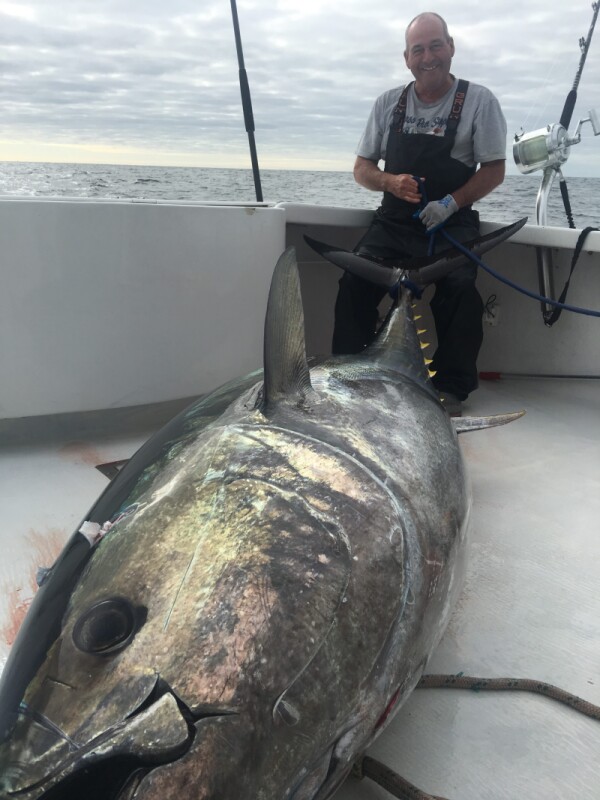In 1998, U.S. fishermen were starving for bluefin tuna. Allotted just 3 percent of the entire Atlantic quota, they had to survive on 1,344 metric tons while their European counterparts landed over 40,000 mt.
Since 1981, bluefin have been managed as two stocks – those spawning in the Gulf of Mexico, and those spawning in the Mediterranean Sea – but a new study out of Spain shows considerably more mixing between these stocks than that assumed by the International Commission for the Conservation of Atlantic Tunas (ICCAT), which manages the stock and sets quotas.
“Traditionally, this species has been perceived as consisting of eastern and western populations, spawning respectively in the Mediterranean Sea and the Gulf of Mexico, with mixing occurring throughout the Atlantic. However, recent studies have emerged challenging this assumption by revealing weak genetic differentiation and identifying a previously unknown spawning ground in the Slope Sea used by Atlantic bluefin tuna of uncertain origin,” says the paper, authored by Natalia Diaz-Arce, and titled, “Unidirectional trans-Atlantic gene flow and a mixed spawning area shape the genetic connectivity of Atlantic bluefin tuna.”
Co-authors include
Our analyses support two weakly differentiated but demographically connected ancestral populations that interbreed in the Slope Sea,” Diaz-Arce says in her paper, noting that this could have management and conservation implications.
Lutcavage agrees, pointing out that management need to consider that bluefin spawning much closer to the fishing grounds than previously believed, would be much lower in fat content, and less valuable.
“We’re fortunate that the bluefin stocks have recovered,” she says. “Now we need management that includes economic analysis so that fishermen maximize the value of their catch.” She and many others advocate continued research into bluefin spawning in the Slope Sea area of the Western Atlantic.







